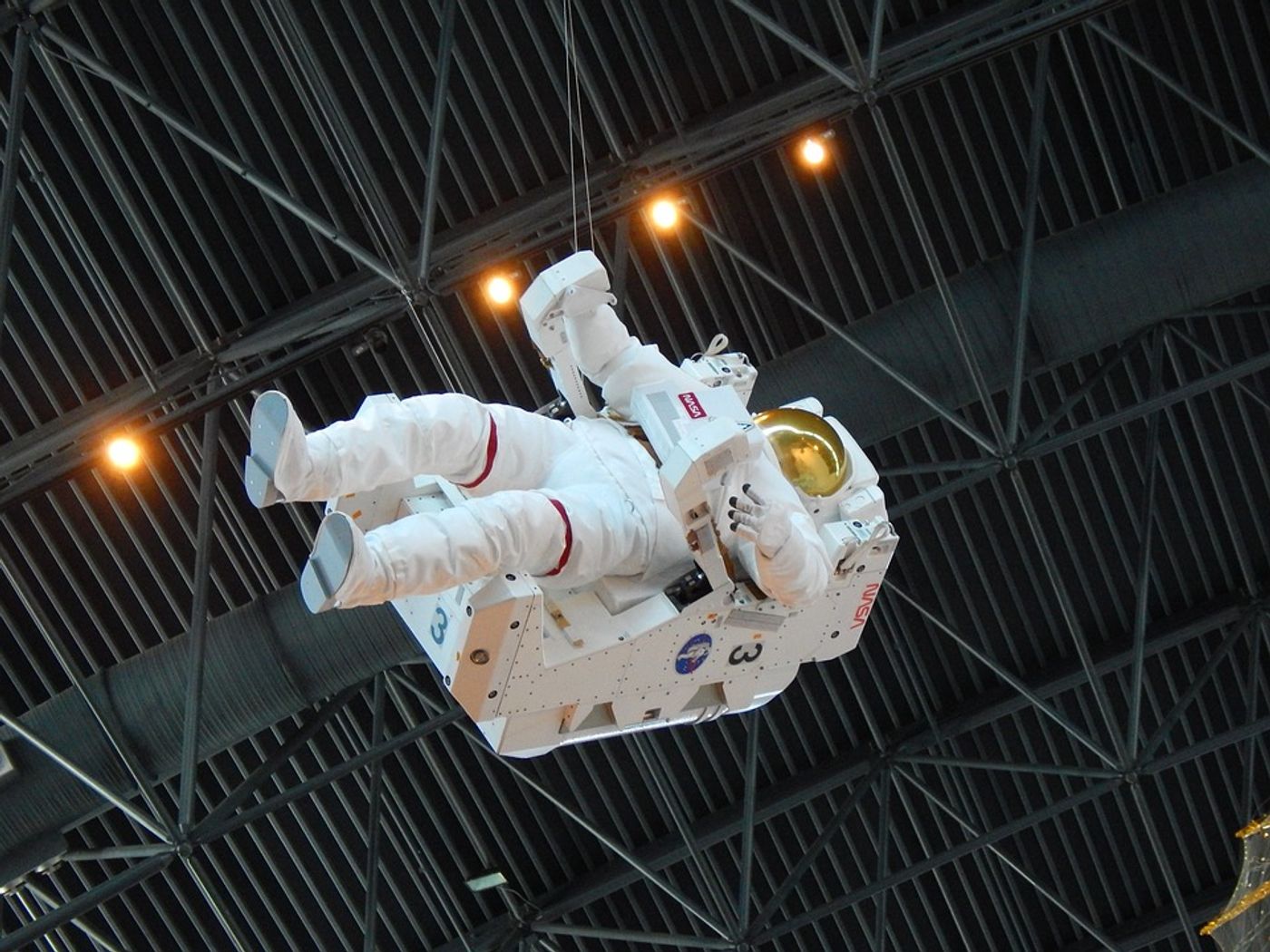Light-weight and fast-charging: the next development of the silicon battery
Engineers are continually working on developing more efficient, sustainable batteries – and there has been a lot of progress in the last years. One such development comes from researchers at Clemson University who have engineered a battery that could be used in space. Their lighter, faster-charging batteries are of interest to NASA because they could be used to power a spacesuit or potentially a Mars rover.
A report on the technology was published recently in the American Chemical Society journal Applied Materials and Interfaces under the title, "Three-Dimensional Si Anodes with Fast Diffusion, High Capacity, High Rate Capability, and Long Cycle Life." One of the authors, Ramakrishna Podila, says the technology also has implications for satellites.
"Most satellites mainly get their power from the sun," said Podila, who is an assistant professor in the College of Science's department of physics and astronomy and part of the Clemson Nanomaterials Institute (CNI). "But the satellites have to be able to store energy for when they are in the Earth's shadow. We have to make the batteries as light as possible, because the more the satellite weighs, the more its mission costs."
Podila, along with co-authors Shailendra Chiluwal, Nawraj Sapkota, and Apparao M. Rao, used silicon nano-particles to store more electrical charge into the battery, which is supported by a carbon nanotube structure called Buckypaper. Silicon can hold more electrical charge than graphite but has the unfortunate property of breaking into smaller pieces as it charges and discharges. The Buckypaper helps hold the silicon nanoparticles in place.
"The freestanding sheets of carbon nanotubes keep the silicon nanoparticles electrically connected with each other," said first author Shailendra Chiluwal. "These nanotubes form a quasi-three-dimensional structure, hold silicon nanoparticles together even after 500 cycles, and mitigate electrical resistance arising from the breaking of nanoparticles."
Another benefit of silicon is that the batteries can charge at higher current. In other words, they can charge faster (up to four times!) than typical batteries. Silicon also is a light-weight material, so these batteries are not as heavy as conventional ones (ever try to lift a car battery?!).
"Silicon as the anode in a lithium-ion battery represents the 'holy grail' for researchers in this field," said Rao, adding that they could also be used in electric vehicles. "Our next goal is to collaborate with industrial partners to translate this lab-based technology to the marketplace," said Podila.
Sources: Applied Materials and Interfaces, Eureka Alert









